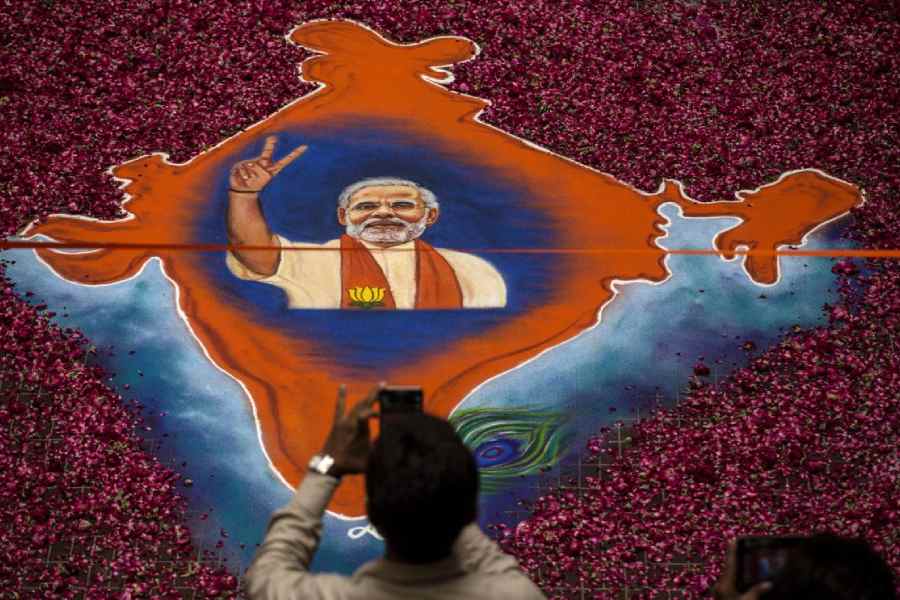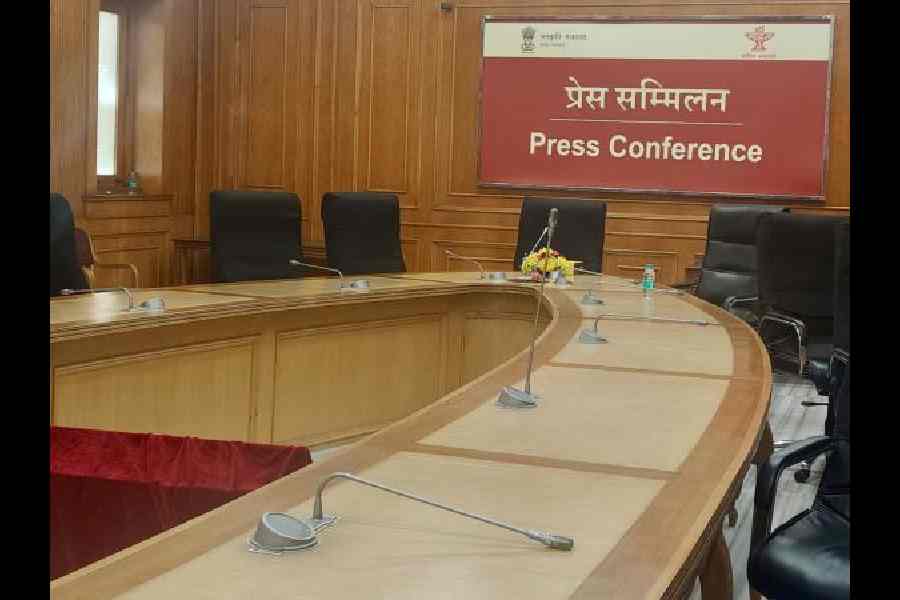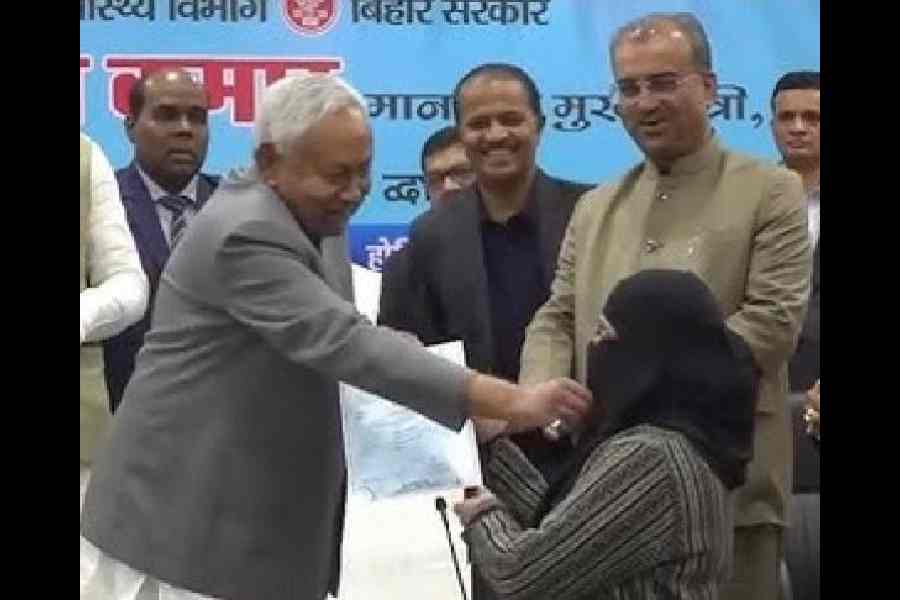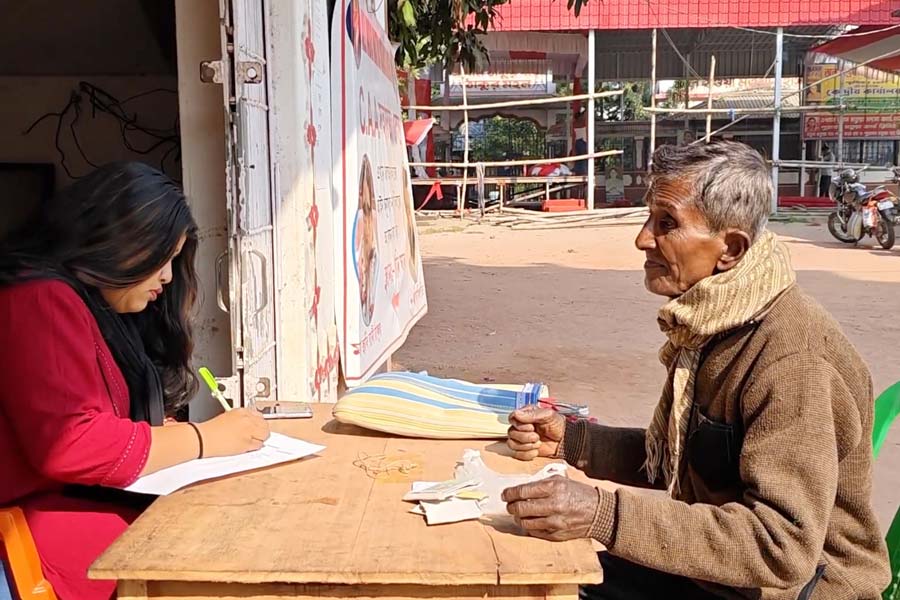Since politics is largely a game of cherry-picking, the history of past elections in India has comforting lessons for both the Bharatiya Janata Party, the current favourite, and its beleaguered opponents.
At the starting point of the 2024 race, a combination of assessments by the punditry and opinion polls — some of dodgy veracity — suggest that the ruling party, with Prime Minister Narendra Modi as its mascot, enjoys a head start over a demoralised Congress and its allies. This is a huge change from the election 10 years ago. In 2014, the media speculation centred on whether the BJP tally would get stuck at around 220 seats. The 50 or so seat shortfall, it was argued by those who sought the perpetuation of the Congress ecosystem, would ensure that the BJP would be compelled to select a less ‘polarising’ leader to head the government. In short, anyone but Modi. The possibility of the BJP securing a majority on its own was dismissed as absurd on the grounds that the party lacked the support of the Dalits, the backward castes and, of course, the Muslims. South India, too, was seen to be out of bounds for the BJP.
At the start of the campaign in 2014, it was clear that the Congress was on the back foot and that the BJP campaign was gaining momentum. The situation was akin to that which prevailed at the beginning of the 1971 general election campaign when Indira Gandhi took on the so-called ‘right reactionaries’. However, rather than the popular mood being frozen, the progress of the campaign saw the party having the initial advantage developing further momentum. In 1971, the progress of the campaign saw Indira Gandhi’s Congress secure victories in the unlikeliest of places and make a clean sweep of nearly all the states where the undivided Congress was strong. The Grand Alliance ended up looking like a paper tiger.
In 2014, the challenge before the BJP was to maximise the seats from the areas of its traditional influence. Being based in Varanasi with the BJP campaign, I was personally witness to the manner each visit to the constituency by Modi had a ripple effect in the rest of the state. At the beginning of the campaign, Amit Shah — the man entrusted with the campaign in Uttar Pradesh — had set an unofficial target of 60 seats out of 80 for the state. Yet, in the final week of the campaign, news started percolating of a surge in the party’s support, including in Amethi where Smriti Irani was taking on Rahul Gandhi. This resulted in a last-minute scheduling of a Modi public meeting in Amethi that drew a spectacular response.
The BJP didn’t win Amethi in 2014; the dramatic victory came in 2019. But in the rest of India’s largest state, it won a total of 71 seats, an increase of 61 over its 2009 tally. This included no-hope seats where the BJP didn’t even bother sending its star campaigners.
The message was clear: once a party’s campaign acquires momentum, the initial advantage can often turn into a landslide.
However, as the saying goes: what is true of India, the opposite is equally true.
In 2004, the Atal Bihari Vajpayee government was going great guns. Having won the assembly elections in Madhya Pradesh, Rajasthan, and Chhattisgarh, the BJP chose to bring the Lok Sabha elections forward by six months. Its decision was based on multiple considerations. First, the economy was on the upswing and inflation was subdued. The middle-class consensus was that India was in safe hands. Secondly, the main Opposition party appeared rudderless and even bereft of resources to fight a general election. Having jettisoned P.V. Narasimha Rao, the Congress kept its unity by having Sonia Gandhi as its titular head. Within the BJP, Sonia’s leadership was greeted with elation. ‘The Congress can’t do without her, and can’t win with her’ was the BJP leadership’s considered assessment. The BJP also derived additional comfort from opinion polls that showed the National Democratic Alliance winning a clear majority. Additionally, when it came to the leadership question, there was no one to match the popularity of Vajpayee.
All these considerations, verging on an overconfidence that was reinforced by numerous notables from other parties joining the BJP, came to nought. First, the unpopularity of the regional allies, notably the Telugu Desam Party in Andhra Pradesh and J. Jayalalithaa’s All India Anna Dravida Munnetra Kazhagam, manifested itself during the early stages of the campaign. Secondly, the India Shining campaign was not well received outside corporate circles. The picture it painted of a resurgent India was centred on macro-economic trends. It didn’t correspond with the India that people experienced in their daily lives. Thirdly, within the BJP, there was considerable listlessness over the Vajpayee government’s inability (and, often, unwillingness) to address ‘core’ issues, such as the Ram temple in Ayodhya. The harsh treatment of kar sevaks, which was well received in the secular, chattering classes, saw a big section of the BJP staying aloof from the campaign. Finally, as if aware of the BJP’s internal convulsions, there was a silent but total consolidation of Muslim votes in favour of candidates capable of defeating the BJP and its allies. The biggest casualties of this anti-BJP consolidation were the Trinamul Congress in West Bengal and the Janata Dal (United) in Bihar.
As the campaign ended, the BJP’s loss of momentum was apparent. Yet, the party believed that the TINA factor would see it through. What it didn’t calculate was that the huge loss of urban seats would see the Congress narrowly overtake the BJP as the largest party in Parliament. That made all the difference in deciding who formed the government and who was to sit in Opposition for the next 10 years.
The 2004 poll, not to mention the 1977 election Indira Gandhi called to legitimise the Emergency, was a textbook case of the pitfalls of assuming that the campaign merely reinforces pre-existing trends. There are huge chunks of undecided voters in each state who wait until the last minute to decide. In most cases, they are inclined to prefer the party that looks like winning. However, there are moments when things go topsy-turvy, propelled by events and last-minute calculations. In every election, there are gaffes committed by all sides. In exploring the course of a campaign, we can often draw our own conclusions from seeing whose indiscretions provoke outrage and which ones are wilfully overlooked.










